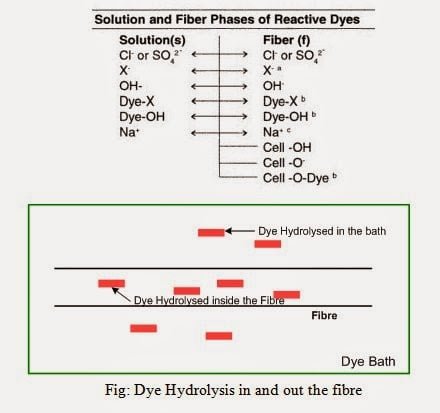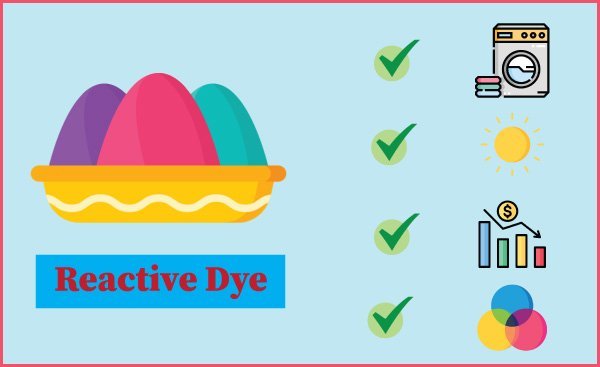Hydrolysis of Reactive Dye
Definition of Hydrolysis Hydrolysis is a chemical process in which a molecule is cleaved into two parts by the addition of a molecule of water. One fragment of the parent molecule gains a hydrogen ion (H+) from the additional water molecule. The other group collects the remaining hydroxyl group (OH−). Hydrolysis of Reactive Dye During[…]



